Venice
- Yüksel Deniz ŞAHİN
- 28 Mar 2021
- 4 dakikada okunur

Venice is a city in northeastern Italy and the capital of the Venetoregion. It is built on a group of 118 small island that are separated by canals and linked by over 400 bridges. The islands are in the shallow Venetian Lagoon, an enclosed bay lying between the mouths of the Po and the Piave rivers (more exactly between the Brenta and the Sile). In 2020, 258,685 people resided in the Comune di Venezia, of whom around 55,000 live in the historical city of Venice (centro storico). Together with Padua and Treviso, the city is included in the Padua-Treviso-Venice Metropolitan Area (PATREVE), which is considered a statistical metropolitan area, with a total population of 2.6 million.
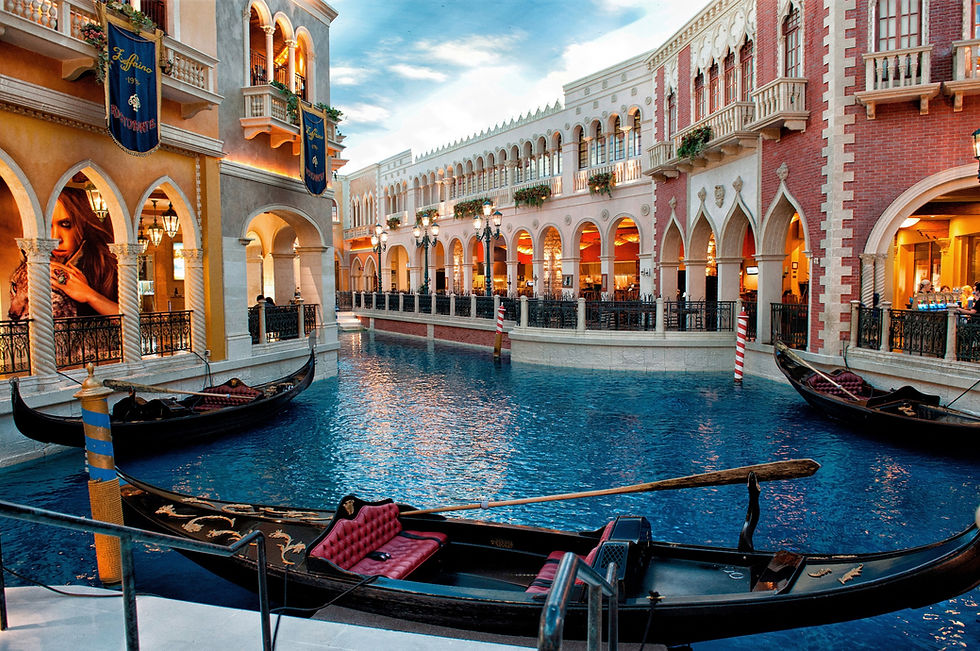
The name is derived from the ancient Veneti people who inhabited the region by the 10th century BC. The city was historically the capital of the Republic of Venice for over a millennium, from 697 to 1797. It was a major financial and maritime power during the Middle Ages and Renaissance, and a staging area for the Crusades and the Battle of Lepanto, as well as an important center of commerce especially silk, grain, and spice, and of art from the 13th century to the end of the 17th. The city-state of Venice is considered to have been the first real international financial center, emerging in the 9th century and reaching its greatest prominence in the 14th century.

This made Venice a wealthy city throughout most of its history. After the Napoleonic Wars and the Congress of Vienna, the Republic was annexed by the Austrian Empire, until it became part of the Kingdom of Italy in 1866, following a referendum held as a result of the Third Italian War of Independence.Venice has been known as "La Dominante", "La Serenissima", "Queen of the Adriatic", "City of Water", "City of Masks", "City of Bridges", "The Floating City", and "City of Canals". The lagoon and a part of the city are listed as a UNESCO World Heritage Site.

Parts of Venice are renowned for the beauty of their settings, their architecture, and artwork. Venice is known for several important artistic movements and has played an important role in the history of instrumental and operatic music, and is the birthplace of Baroque composers Tomaso Albinoni and Antonio Vivaldi. Although the city is facing some challenges, Venice remains a very popular tourist destination, a major cultural centre, and has been ranked many times the most beautiful city in the world. It has been described by the Times Online as one of Europe's most romantic cities and by The New York Times as "undoubtedly the most beautiful city built by man".
What is unique in Venice?
Vetenian Glass

Venetian glass is thought to have been made for over 1,500 years, and production has been concentrated on the Venetian island of Murano since the 13th century. Today Murano is known for its art glass, but it has a long history of innovations in glassmaking in addition to its artistic fame and was Europe's major glassmaking center from the Middle Ages through the Renaissance. During the 15th century, Murano glassmakers created cristallo which was almost transparent and considered the finest glass in the world. Murano glassmakers also developed a white-colored glass that looked like porcelain. They later became Europe's finest makers of mirrors.
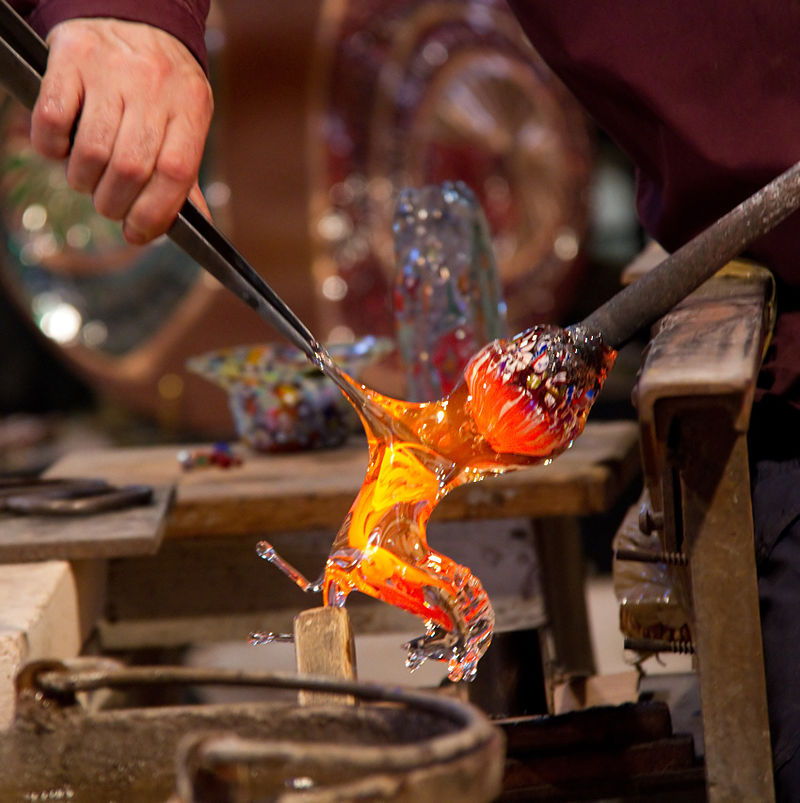
Originally, Venice was controlled by the Byzantine Empire, but it eventually became an independent city state. It flourished as a trading center and seaport. Its connections with the Middle East helped its glassmakers gain additional skills, as glassmaking was more advanced in areas such as Syria and Egypt. Although Venetian glassmaking in factories existed as far back as the 8th Century, it became concentrated in Murano by law, beginning in 1291. Since glass factories often caught fire, this removed much of the possibility of a major fire disaster for the city. Venetian glassmakers developed secret recipes and methods for making glass, and the concentration of Venice's glassmaking on the island of Murano enabled better control of those secrets.

Murano became Europe's elite glassmaking center, peaking in popularity in the 15th and 16th centuries. Venice's dominance in trade along the Mediterranean Sea created a wealthy merchant class that was a strong connoisseur of the arts. This helped establish demand for art glass and more innovations. The spread of glassmaking talent in Europe eventually diminished the importance of Venice and its Murano glassmakers. The occupation and dissolution of the Venetian state by Napoleon Bonaparte in 1797 caused more hardship for Murano's glassmaking industry. Murano glassmaking began a revival in the 1920s. Today, Murano and Venice are tourist attractions, and Murano is home to numerous glass factories and a few individual artists' studios.
Its Museo del Vetro in the Palazzo Giustinian contains displays on the history of glassmaking as well as glass samples ranging from Egyptian times through the present day.In February 2021, the world learned that Venetian glass trade beads had been found at three prehistoric Eskimo sites in Alaska, including Punyik Point. Uninhabited today, and located a mile from the Continental Divide in the Brooks Range, the area was on ancient trade routes from the Bering Sea to the Arctic Ocean. From their creation in Venice, researchers believe the likely route these artifacts traveled was across Europe, then Eurasia and finally over the Bering Strait, making this discovery "the first documented instance of the presence of indubitable European materials in prehistoric sites in the western hemisphere as the result of overland transport across the Eurasian continent." After radiocarbon dating materials found near the beads, archaeologists estimated their arrival on the continent to sometime between 1440 and 1480, predating Christopher Columbus.
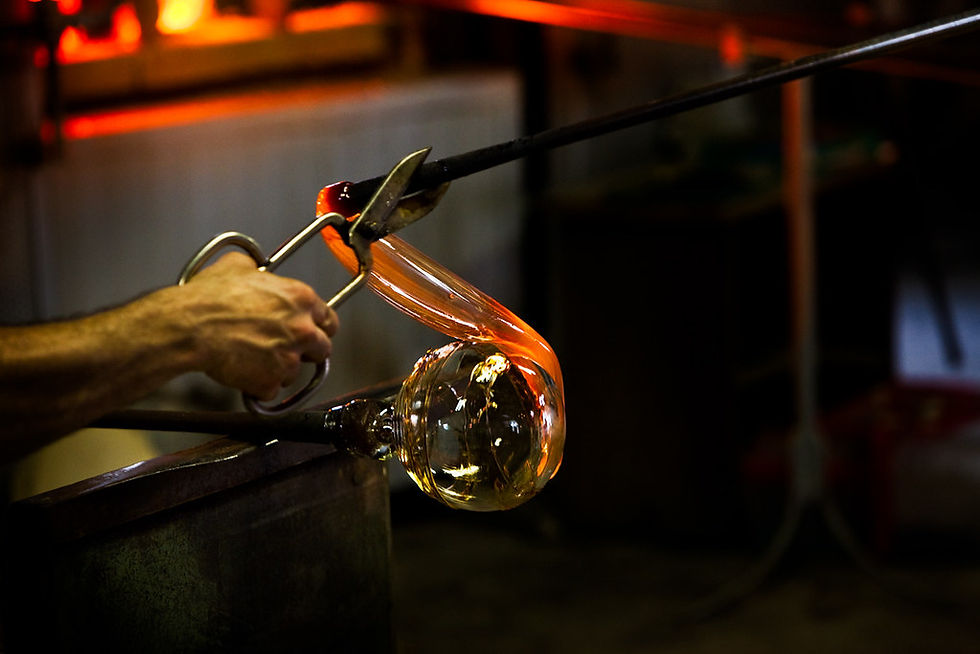
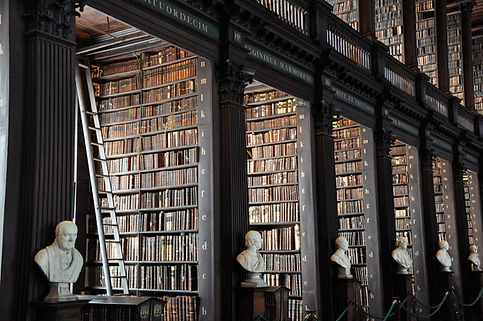


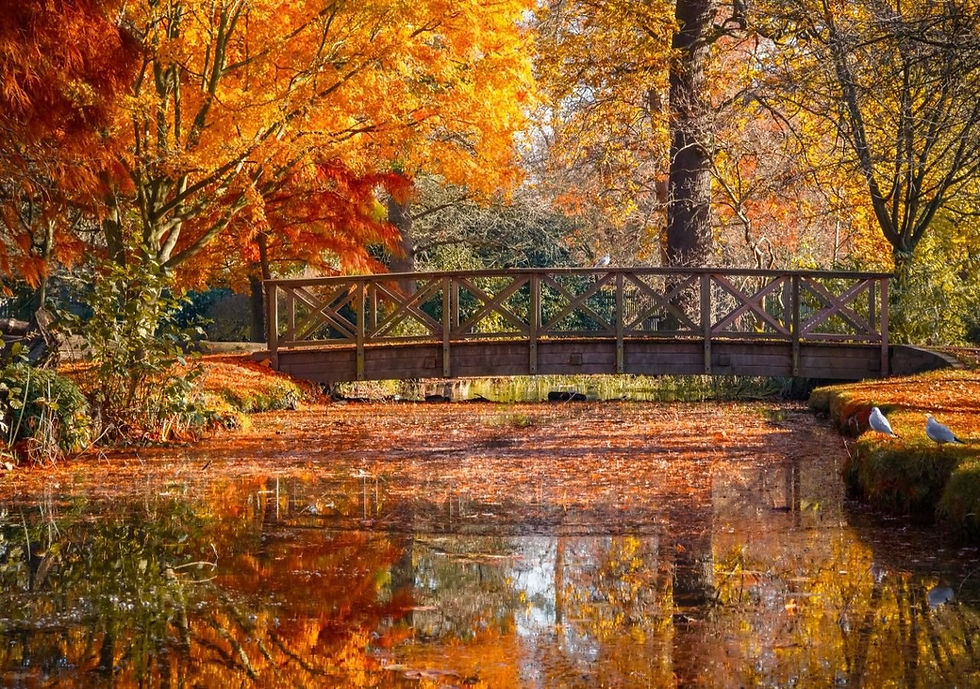
Comments